
When aid to Gaza turns deadly
Does anyone disagree that the two million-plus people of Gaza, half of them children, are suffering? An independent report has warned that the entire population risks famine.
Hospitals are barely functioning, fresh water is scarce, and a total blockade lasting from the start of March to the end of May let no supplies in at all.
But since the brutal attacks by Palestinian militant group Hamas on Israel of October 7, 2023, there has been disagreement over what aid should get in, and who should deliver it. Israel has criticised the United Nations, in particular its agency for Palestinian refugees, UNRWA, suggesting variously that the agency works with Hamas, that the UN itself cannot do its job, or that UN aid is being delivered straight to Hamas.
The UN denies this, pointing out that Israel has not offered proof of either UNRWA’s collusion with Hamas, or of Hamas taking UN aid supplies. Israel controls all the entries into Gaza, aid agencies point out, so it can let in the waiting truckloads of supplies. It can, since its military are on the ground in the strip, coordinate safe delivery with the UN. As the occupying power, under international law, it has a responsibility to do so.
Amid the claim and counter claim, UN supplies – of food, baby formula, medicines, soap, water or fuel – wait. And so do Gaza’s increasingly desperate people. It’s not surprising that the scenes of tiny children being crushed in crowds as they try to get a bowl of soup cause global outrage. To ease the suffering, the United States suddenly announced a aid new plan, the “Gaza Humanitarian Foundation (GHF)”. Run by the US and Israel, with support from private, armed, security firms, it would bypass the UN.

More
Inside Geneva: the failed militarization of humanitarian relief in Gaza
Controversy and violence
As we now know, the GHF began work amid controversy, and deadly violence. Dozens of Palestinians were killed as they tried to access aid. The International Committee of the Red Cross (ICRC) said its doctors had been overwhelmed by patients with gunshot wounds. The Israeli Defence Force, which was apparently guarding the access routes to GHF distribution points, has now admitted opening fire on “suspects”.
On the Inside Geneva podcast this week we take a long hard look at the challenges of aid delivery in a conflict zone, and we ask where the foundation went wrong.
International journalists are not allowed into Gaza, which makes it harder for us to report. It also allows those with vested interests – Israel or Hamas – to try to control the narrative.
That’s why I decided to speak first to someone who is in Gaza regularly, who is not on any side, and not even part of the UN. Chris Lockyear is Secretary General of Medecins sans Frontieres (MSF), or Doctors Without Borders. MSF supports two hospitals in Gaza, as well as six clinics and a field hospital.
“We’re doing surgical support, wound care, physiotherapy, maternity and paediatric care, primary health care, vaccination, mental health services, and we’re also doing water distribution,” he told me.
That’s a broad range of services, in theory. In reality, Lockyear says, MSF, like the UN, has been subjected to an “airtight” blockade since March 3. That means changing patient care; wounds are dressed less frequently, increasing the risk of infection. MSF, said Lockyear, is “walking on a tightrope to maintain just the basic supplies for these services.”
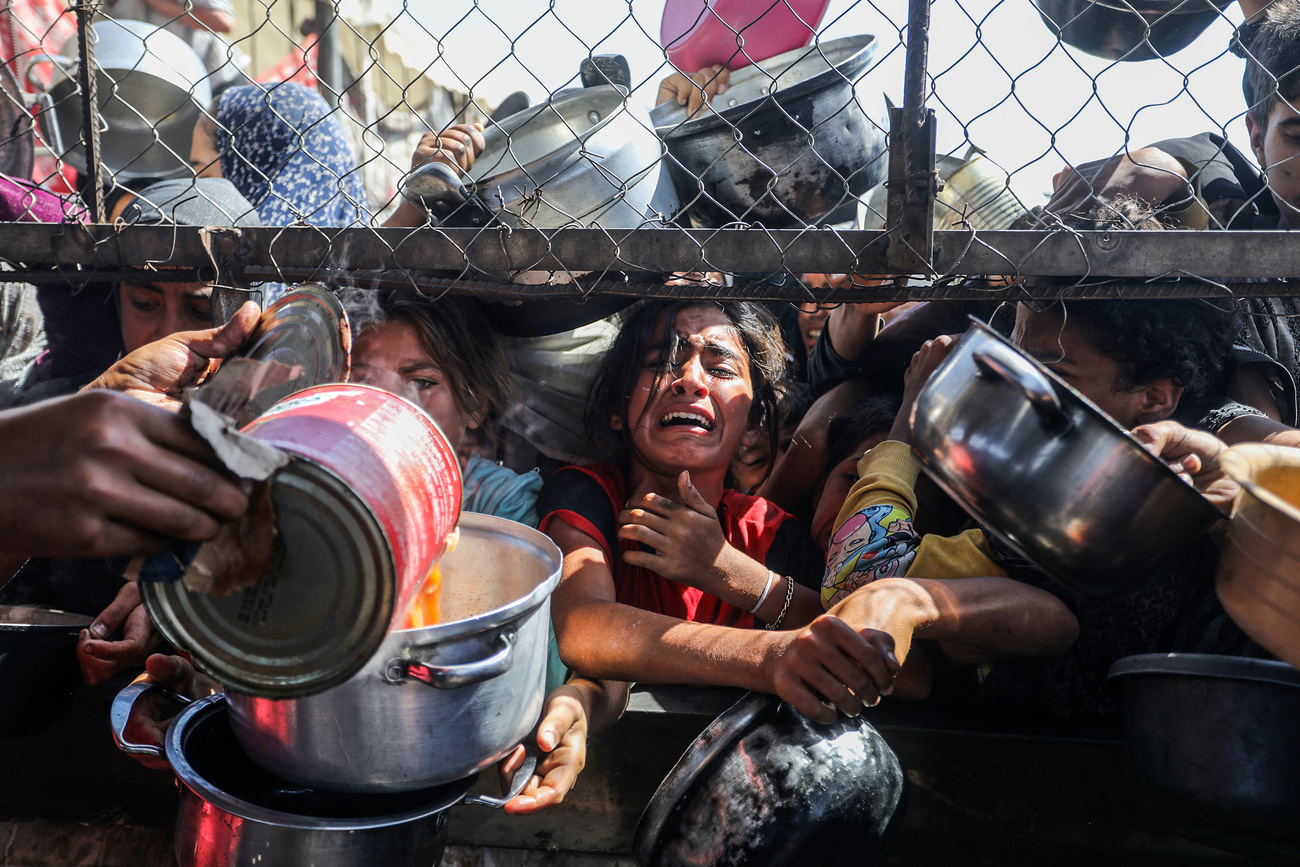
More
Gaza Humanitarian Foundation begins aid deliveries amid chaos and bloodshed
The Israeli government claims that the real problem is not the blockade, but the fact that aid is going to Hamas. Lockyear responds carefully; he is experienced enough to know that “diversion of aid is a common concern in conflict zones.” But he insists: “We can guarantee our medical supplies and aid that MSF is bringing is going directly to the population.” And he adds, if Israel really has evidence that diversion is happening, it should present it.
Politicised and militarised
That’s a point repeated by Jan Egeland, who also joins us on Inside Geneva. Egeland is one of the world’s most experienced, and pragmatic, humanitarian experts. He ran the UN’s emergency relief office, OCHA, from 2003 to 2007. Later, he led the UN’s humanitarian taskforce for Syria, and is now secretary general of the Norwegian Refugee Council.
“It’s a myth that there is aid diversion,” he told me. “Israel has not brought that up with the UN with any evidence.” There is a key distinction between looting, and what Egeland and Lockyear call aid diversion. In many crisis zones (in Somalia or Syria) armed groups have hijacked aid supplies, and used them primarily to benefit themselves – that’s aid diversion.
Looting is different: it happened at a World Food Programme (WFP) warehouse in Gaza a week or so ago. Starving, desperate crowds broke in and took bags of flour. But aid agencies insist this kind of thing does not happen when there is enough aid. During the ceasefire earlier this year, hundreds of trucks went into Gaza every day, and the UN says it delivered aid successfully across the strip, including those too vulnerable or too weak to seek out supplies.
What’s more, both Lockyear and Egeland point out, longstanding aid agencies have careful strategies to avoid both looting, and aid diversion. But what caused Egeland most alarm, the moment the creation of the GHF was announced, was the lack of attention it paid to the core humanitarian principles of neutrality and impartiality.
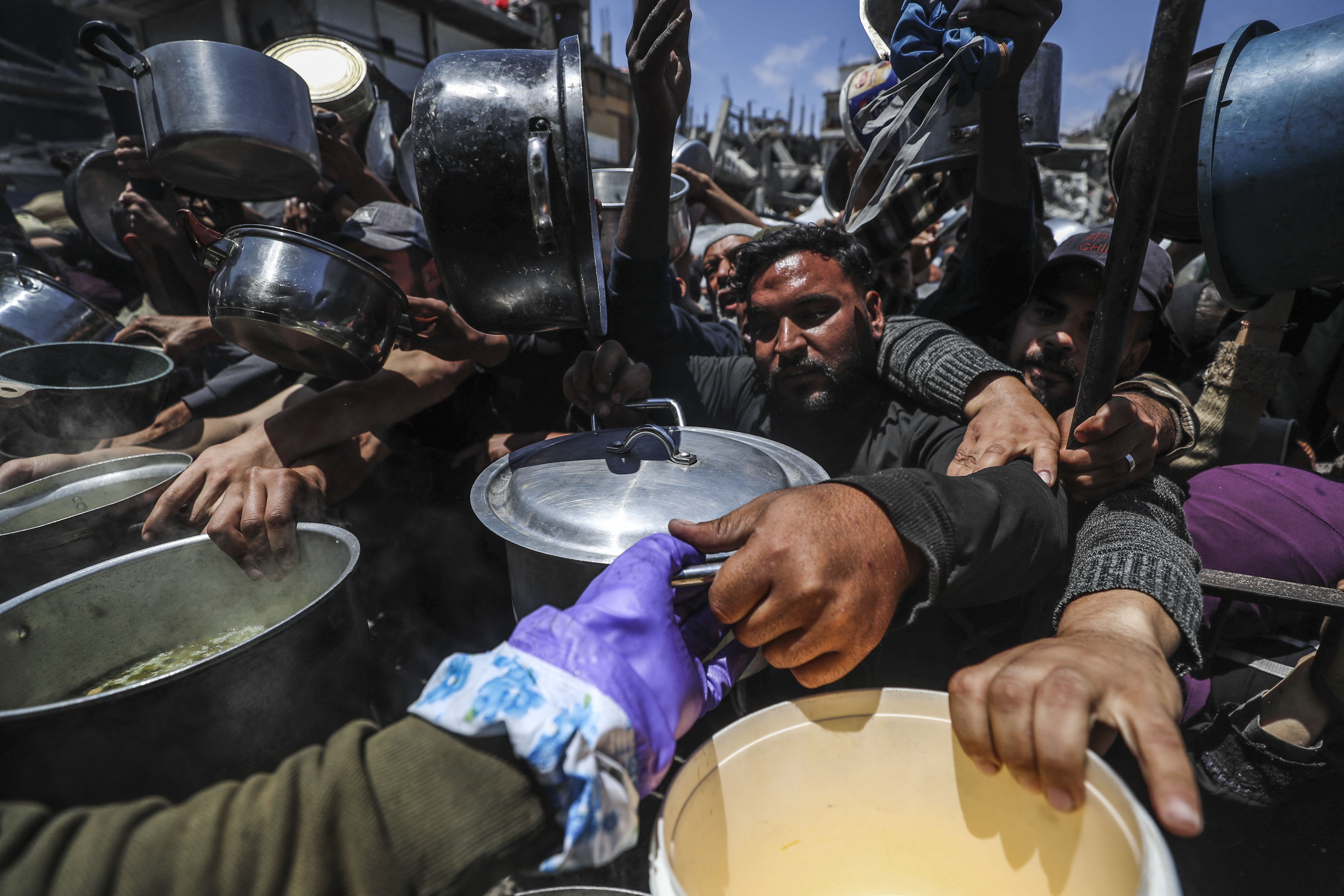
More
Humanitarian community sounds the alarm over famine risks in Gaza
“This seems to be militarised, politicised and manipulated,” he told Inside Geneva. “People have to walk long distances through the rubble to get aid. And it is then some kind of a military scheme that decides who will get it, how they will get it and if they will get it.”
Forcible displacement
Meanwhile Trial International, an NGO that monitors possible war crimes and crimes against humanity, has raised other concerns. So far, GHF’s distribution points have been only in the south; the north remains off limits to all aid. Israel has suggested it plans to seize 75% of Gaza and relocate its population to a small, supervised area in the south.
Forcing people to move for food could, Trial International’s Philip Grant told Inside Geneva, be construed as supporting Israel’s plan, and could therefore make GHF complicit.
“To lend material aid to the Israeli plan can be construed as complicity in the war crime of forcible displacement of the civilian population. And that would entail first of all the possibility for any state, almost any state in the world to use universal jurisdiction,” he says.
Grant’s words should not be taken lightly: in the past, Trial has gathered information that has led to convictions, including former Liberian warlord Alieu Kosiah, who, after seeking asylum in Switzerland, was sentenced by the Swiss Criminal Court to 20 years in prison for war crimes. And while Grant stresses the GHF case is very much a “could” right now, Trial is keeping a close eye on it.
Not child’s play
When violence erupted the day GHF began work, experienced aid workers were horrified, but not surprised. MSF’s Lockyear believes the disaster shows an extreme lack of care and experience.
“This is not child’s play,” he says of successful aid operations. “It is not a military operation. It is a different thing that requires decades of experience. So it breaks my heart to say it, but it wasn’t a surprise to see those horrendous images from the first day{s} of operation of the GHF in Gaza.”
In the meantime, GHF, which has been hard for journalists to reach, has set up an anonymous media email, which said on Friday (June 6) “GHF is proud that almost 8.5 million meals have been delivered so far – without incident.” Asked to clarify, the foundation emailed me that “no violence has occurred at or in the vicinity of our sites since starting operations last week.”
That statement is hard to square with multiple reports that dozens of Palestinians, over three successive days, were killed as they tried to access aid at GHF sites. The ICRC, which supports a hospital nearby, said it had received 48 patients with gunshot wounds on the first day of GHF operation alone.
As I said at the beginning, international journalists are not allowed into Gaza, so we cannot see for ourselves. But I’m not sure there is a reason to doubt the word of aid agencies who are there. And there is one fact we can hold onto: organisations like the UN, MSF or the ICRC have decades of experience in hugely challenging situations. As Egeland told me, the humanitarian taskforce for Syria resisted attempts by both opposition and government forces to take control of aid. In Africa, or in Yemen, experienced aid agencies have stuck to their principles too.
Why should Gaza be different? Why should aid delivery be handed to a private, brand-new entity just because one party to the conflict (Israel) says the existing UN system is not working?
Egeland insists experienced aid agencies are always ready to talk about how they can do better. “We’re keen to discuss. Could we be more efficient? Could we reach people even more directly?”
But there can be no compromise on those core principles of neutrality and impartiality, which is why, for now at least, neither the UN, nor a single experienced aid agency has agreed to work with the GHF.
livm/vm/sb

In compliance with the JTI standards
More: SWI swissinfo.ch certified by the Journalism Trust Initiative




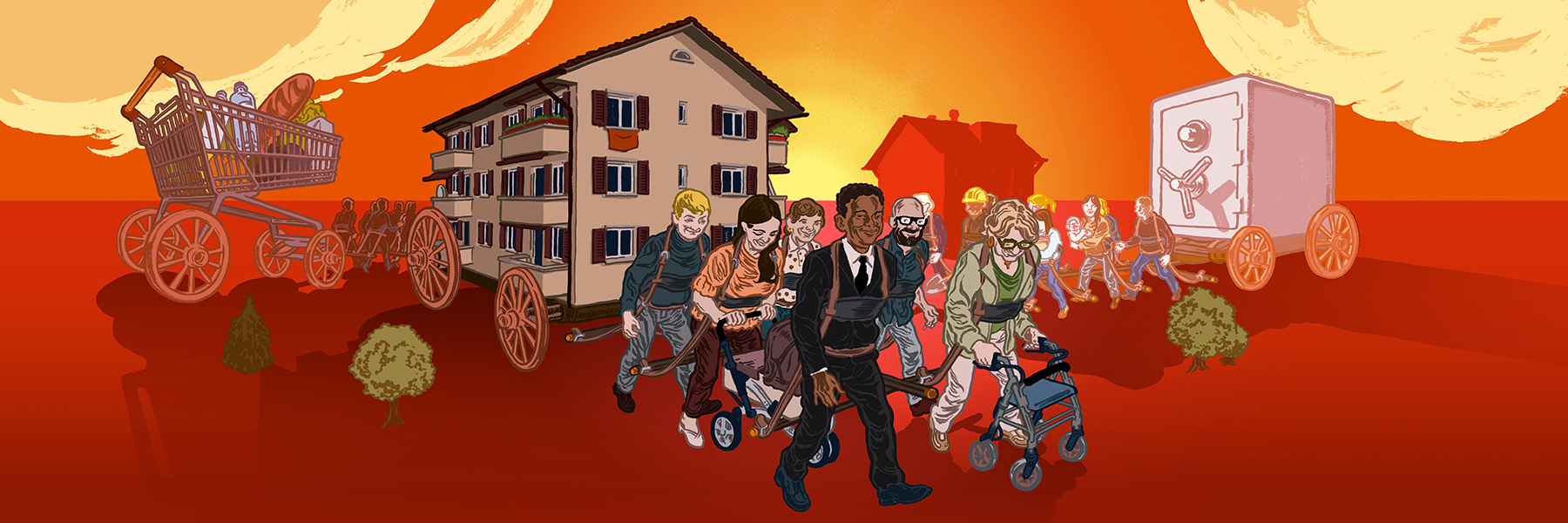


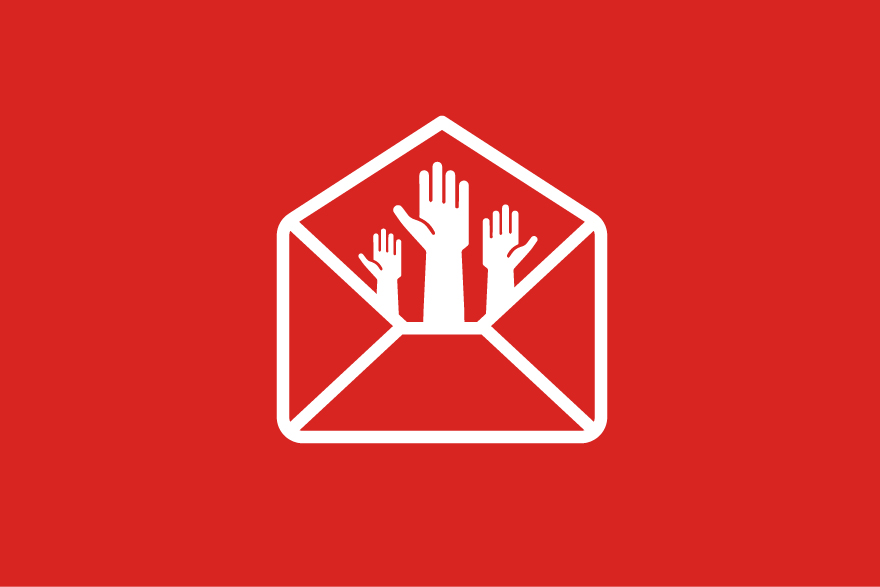



















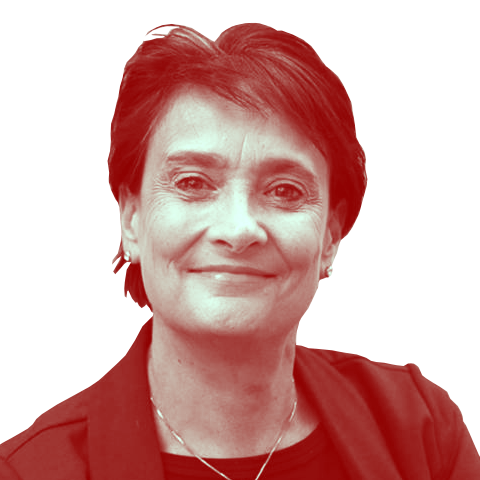







You can find an overview of ongoing debates with our journalists here . Please join us!
If you want to start a conversation about a topic raised in this article or want to report factual errors, email us at english@swissinfo.ch.